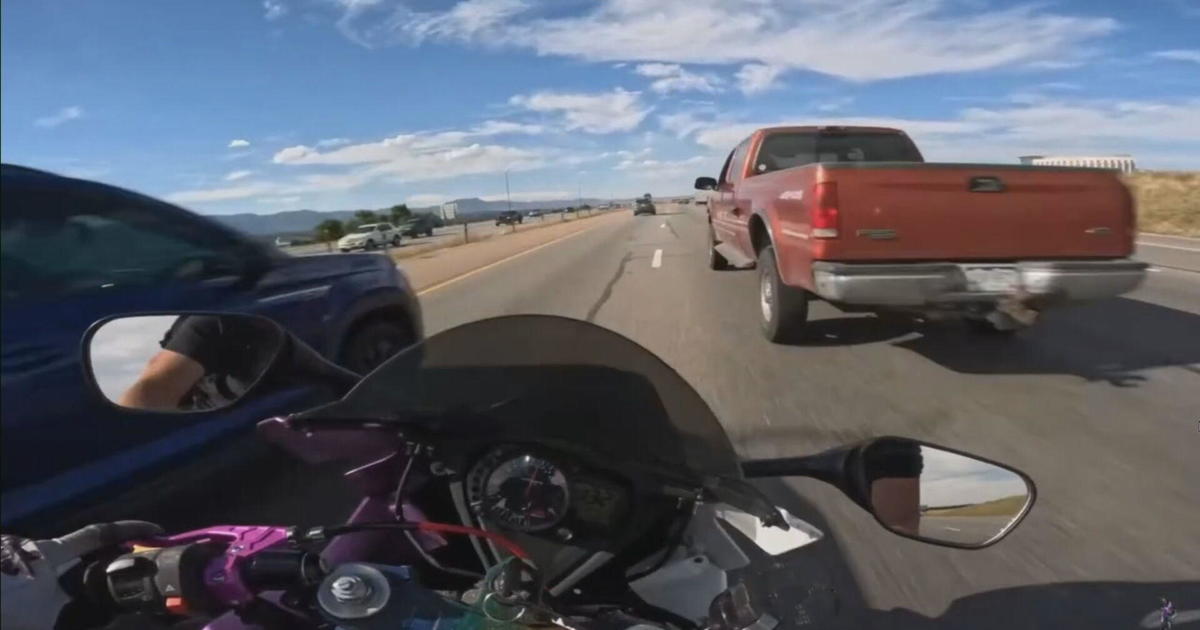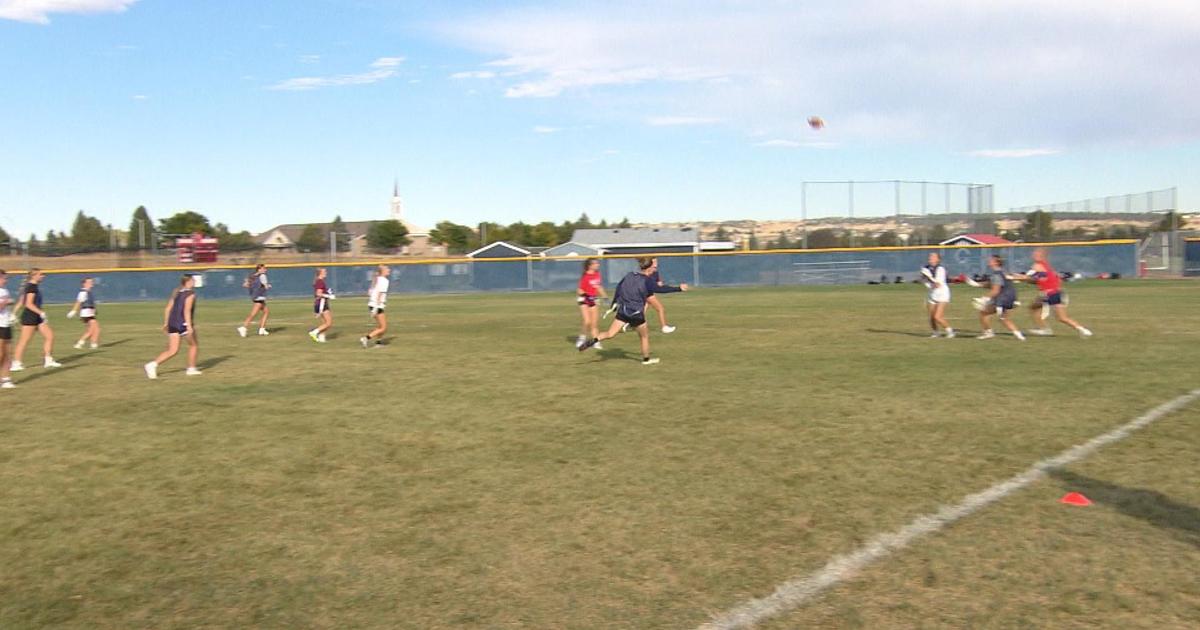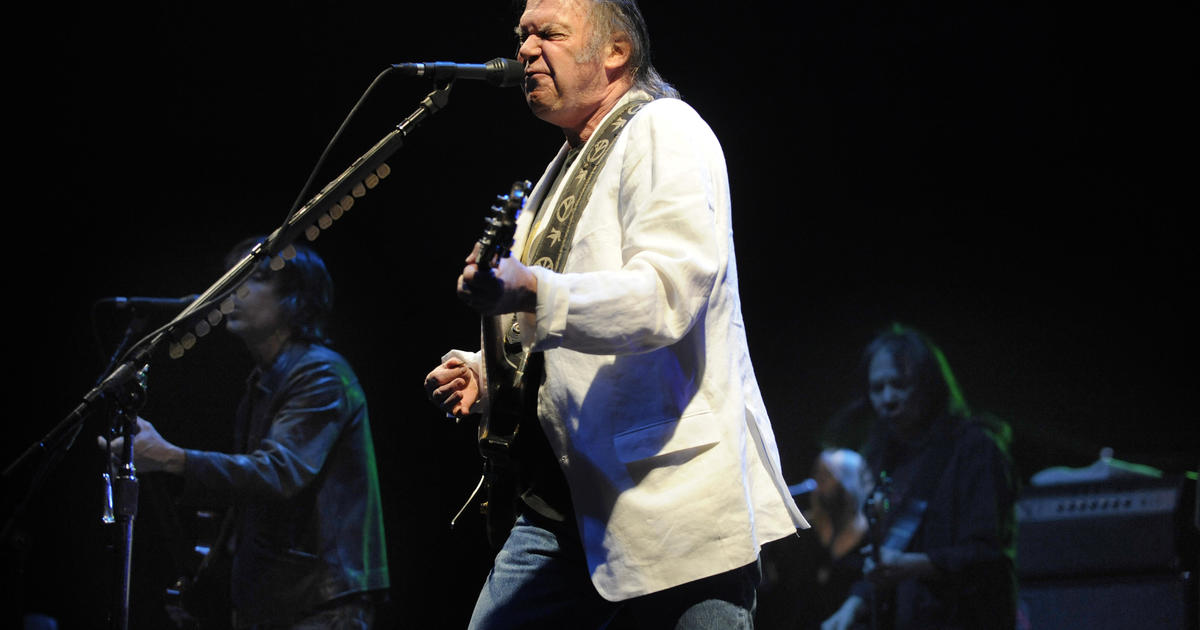Freezing Drizzle Event That Hit Colorado's Front Range Was Rare
DENVER (CBS4) - A rare weather event hit Denver and the Front Range Thursday night turning roads, sidewalks and decks into a sheet of ice.
The freezing drizzle received a lot of attention on social media, especially from Coloradans with Southern roots, where icing events are much more common.
The freezing drizzle not only created difficulty for drivers and pedestrians, but it made for some unusual problems for those working outside.
Our CBS4 crew in Thornton found themselves in a pickle when the mast of their live truck froze in the extended position, about 25 feet in the air.
It took some creative engineering, including de-icer and the use of a hair dryer, and nearly two hours to resolve the problem.
So what caused the freezing drizzle and why is it so rare in Colorado?
To be honest, I had to consult one of my good friends, former classmate, and National Weather Service Meteorologist Greg Guillot for an answer.
My experience with freezing rain comes from the traditional setup which is common in the eastern and southern United States.
THE "TRADITIONAL" SETUP
When you think about temperatures in the atmosphere, especially during the winter, you assume that if it's at or below freezing at the ground, then it's even colder up high.
But that isn't always the case.
In a typical freezing rain or drizzle event, there is usually a thick layer of air just above the ground that has temperatures above freezing.
As snow falls through that air, it melts, arriving at the ground as a liquid that freezes on contact.
THE "COLORADO" SETUP
In Colorado, it's a much more complicated scenario because many times the temperature of the air during the winter season, both at and above the ground, is below freezing.
That begs the question of then how do you get freezing drizzle and not snow.
There answer lies in the very complicated subject of cloud physics.
CLOUD PHYSICS 101
A cloud, which is made of thousands of tiny liquid water droplets, has a temperature threshold for those water droplets to turn into tiny particles of ice.
That temperature is right around -10°C, or 14°F.
The formation of these ice crystals serve as the building blocks for snowflakes to form.
In the case of Thursday night's weather setup along the Front Range, there was a shallow layer of moisture in place with temperatures at or slightly warmer than the threshold for ice formation.
This allowed most of the water droplets to remain in the liquid state, even with temperatures below freezing.
In meteorology, this is called supercooled water.
Because temperatures were flirting with the -10°C threshold, some snow was mixed in with the freezing drizzle.
More times than not, in Colorado, the profile of temperature and moisture in the atmosphere sets us up for either a brief rain to snow or all snow.
But as we saw Thursday night, while prolonged freezing drizzle isn't common, sometimes, it can happen.
FORECAST TOOLS
All forecasts in Colorado are tricky, but when there is the potential for freezing drizzle, it can be particularly tough.
Twice a day, meteorologists get a snapshot of the atmosphere from weather balloons.
These balloons take important measurements at different layers including temperature, humidity, wind speed and direction.
The information is fed into computer models and plotted on graphs, which help meteorologists as they try and forecast what will happen at the ground, based off what's happening high in the sky.
That information is always of extreme importance, but especially during a weather scenario like on on Thursday night.



